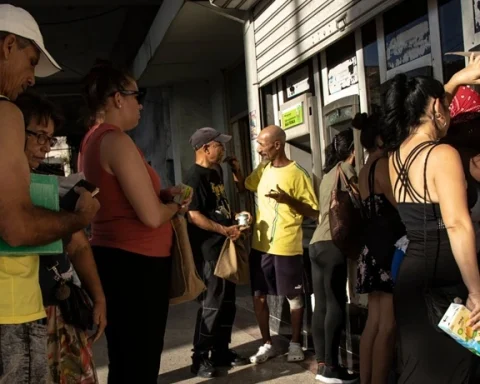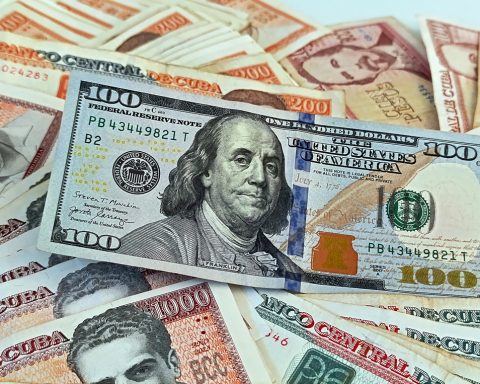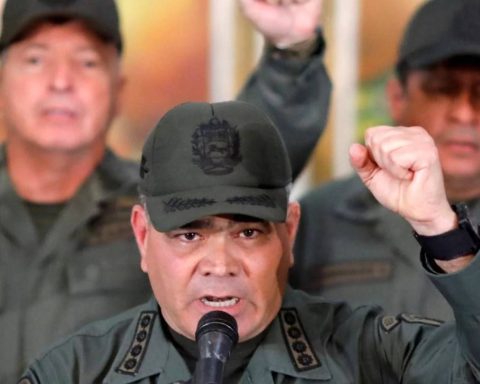Havana Cuba. — Sipping the new “Michiflido” street rum on one of the corners of Parque de la Mandarria, in the ultramarine neighborhood of Regla, “Patica de puerco” almost drowned when he heard it on Taino Radio that in all the markets of Havana frozen meat products are sold. He jumped up and said: “Let’s go to Carlos III!”. But his ecobio, more serious than a passport photo, told him: “Calm down, Ambia… that’s fake news.”
Radio Taíno, self-defined as Cuba’s FM, the only national station that incorporates commercial advertising on its schedule, exudes deceit to the listener. When they founded it, in 1985, it was aimed at international tourism, like the Canal del Sol television station. They could only be tuned in hotels and facilities for foreigners. Its corporate purpose changed during the economic reforms of 1994, as a result of the Maleconazo and the crisis of the rafters. From there, it opened up to something new for the regime: commercial advertising. A whole step forward in the Sovietized Cuban society of the Special Period.
Not only Taino Radio opened to commercial communication. The Telephone Guide resurfaced, hand in hand with ETECSA, with the Yellow Pages, and the advertisements within the New Latin American Film Festival and in sporting events broadcast on television. The promoted products were fundamentally from Cuban companies and joint ventures. The market was opening up and advertising was part of the game.
In competition with the recalcitrant Rebel Radiothe conservative Radio Progress and the boring Radio clock, Taino Radiodue to its cultural and musical content, displaced them in the taste of radio listeners: it was an oasis in the midst of the ideological baroque.
Taino Radio divided its advertising into three main categories: live readings by an on-air personality; company sponsorships of dance shows and night shows; and produced advertisements, which can incorporate dialogue, background music, sound effects, or even a short, catchy tune known as a jingle.
Caste comes to the greyhound. Cuba, before 1959, was a benchmark in Latin America in the development of radio and television, and in the promotion of products and services. Older Cubans still remember a young Manolo Ortega promoting the hatuey beerthe beautiful and charismatic Consuelito Vidal promoting Rina Soap and the also beautiful Dinora del Real the Jabón Candado houses.
Advertising must be honest and sincere
At this time, when “things are bad”, María Tecla Morona, known as “Tentempié”, and her cousin Tropicana de la Caridad, dropped the last pieces of their slip-ons “metededos” running after oil paint or frozen food I saw that, according to Taino Radioare available to everyone in all stores in the capital.
Both women understood wrongly and late that everything was uncertain after improving Abebe Bikila’s record in the Tokyo Marathon, going around and around all the large and empty stores in the capital, from 3rd and 70 to Carlos III. They realized that in those places there is nothing, nothing at all. And if there is, it is little, it is expired and it is very expensive.
The leap into fantasy that he proposes to us Taino Radio in its commercial propaganda leads us to question whether this station is Cuba’s FM (Frequency Modulation) or if, on the contrary, it could be called Cuba’s FN (fake news).


















